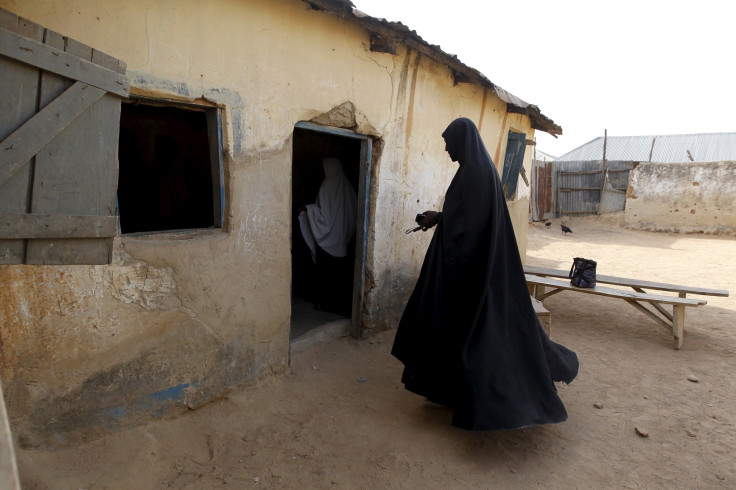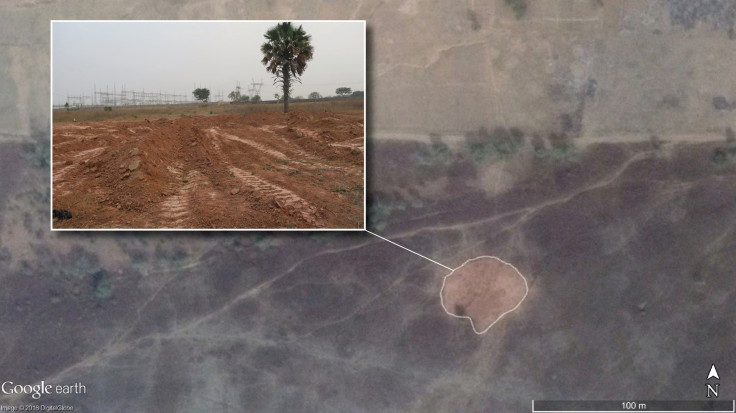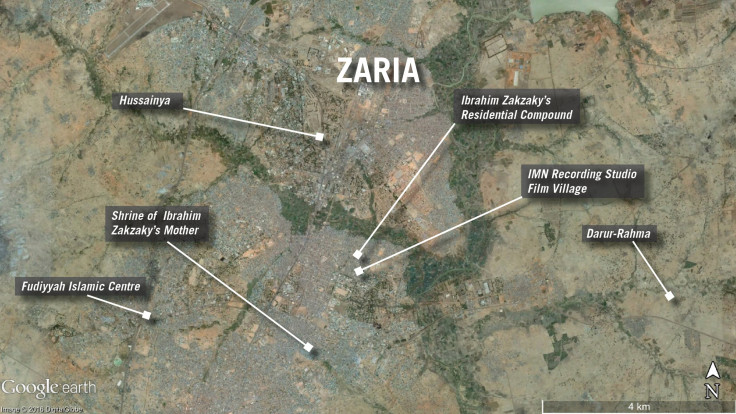Nigerian Military’s Cover-Up Of Mass Shiite Muslim Killings In Zaria Exposed In New Report

A report by rights group Amnesty International contains horrifying eyewitness accounts of the mass slaughter of hundreds of men, women and children by the Nigerian military in the northern city of Zaria. The report, which was released Friday, also details how the authorities tried to destroy and conceal the evidence.
“The true horror of what happened over those two days in Zaria is only now coming to light. Bodies were left littered in the streets and piled outside the mortuary. Some of the injured were burned alive,” said Netsanet Belay, Amnesty International’s research and advocacy director for Africa. “Our research, based on witness testimonies and analysis of satellite images, has located one possible mass grave. It is time now for the military to come clean and admit where it secretly buried hundreds of bodies.”
Nigerian forces arrested Islamic Movement in Nigeria leader Ibrahim Zakzaky in early-morning raids Dec. 13 on his house and other buildings affiliated with the minority Shiite Muslim sect in Zaria. The raids occurred a day after sect members tried to block a convoy carrying Nigerian army chief of staff Lt. Col. Tukur Buratai to an inauguration ceremony for recruits in Zaria, witnesses told Reuters at the time. Zakzaky’s deputy and the group’s chief spokesman were among those reportedly killed in the bloody clash.
A spokesman for the Nigerian army, Col. Sani Usman, accused Islamic Movement in Nigeria members of trying to assassinate Buratai and said soldiers were forced to shoot in self-defense when the group’s members refused to move out of the convoy’s way.
"The sect, numbering hundreds and carrying dangerous weapons, barricaded the roads with bonfires, heavy stones and tires. They refused all entreaties to disperse and then started firing and pelting the convoy with dangerous objects,” Usman told Reuters.
Zakzaky denied the accusations prior to his arrest and said the altercation occurred as members of his sect were conducting their annual “Changing of the Flag” ritual to mark the start of Maulud, the birth month of the Prophet Muhammad, at their headquarters in Zaria.
“We learnt that [Buratai] was visiting ... newly graduated recruits and that coincided with our day of Changing of Flags, which we do annually. We had no intention of doing anything, as [was] claimed by the soldiers,” Zakzaky told Reuters at the time.

The secretary to the Kaduna state government, Balarabe Lawal, told an inquiry last week that 347 Shiites were killed during the December raids in Zaria. He said the victims, who were youth members of the Islamic Movement in Nigeria, were secretly dumped in a mass grave in Mando under the joint supervision of the state government and the army, according to Nigerian newspaper Premium Times. Islamic Movement in Nigeria spokesman Ibrahim Musa recently told Newsweek that the burial took place “in the middle of the night” and the victims’ families were not informed beforehand. The Shiite sect says another 350 people who went missing during the raids are still unaccounted for.
The Nigerian military is expected to provide evidence Monday to the Judicial Commission of Inquiry, which was established by the Kaduna state government in January. Children were among those wounded and killed, according to Amnesty International’s last report, titled “Unearthing the Truth: Unlawful Killings and Mass Cover-up in Zaria.”
“We were in our school uniforms. My friend Nusaiba Abdullahi was shot in her forehead. We took her to a house where they treated the injured but, before reaching the house, she already died,” a 16-year-old girl named Zainab said in an interview with the London-based organization.
Witnesses said Nigerian soldiers set fire to a makeshift medical facility within Zakzaky’s compound on Dec. 13. One witness, Yusuf, was able to escape the blaze, despite suffering serious gunshot wounds. But other patients, he said, were burned alive.
“I managed to get away from the fire by crawling on my knees until I reached a nearby house, where I was able to hide until the following day. I don’t know how many of the wounded were burned to death. Tens and tens of them,” he told Amnesty International.
After the raids, the Nigerian military allegedly sealed off the areas around Zakzaky’s compound for days. Bulldozers sent by the Kaduna state government reportedly leveled Shiite shrines, a cemetery and offices in the town. Witnesses saw bodies piled up outside the morgue of Ahmadu Bello University Teaching Hospital in Zaria. A senior medical source told Amnesty International he saw army vehicles “coming and going” from the closed-off area. Another witness told the rights group how he had seen people digging holes at the location of the suspected mass grave.

Satellite images of the area taken last year on Nov. 2 and Dec. 24 show disturbed earth spanning an approximate 10,764 square feet. The pictures also show the complete destruction of mosques and other buildings. Amnesty International, which has visited the site, said a full, independent forensic investigation is long overdue.
“It is clear that the military not only used unlawful and excessive force against men, women and children, unlawfully killing hundreds, but then made considerable efforts to try to cover up these crimes,” Belay said. “Four months after the massacre the families of the missing are still awaiting news of their loved ones.”
The Islamic Movement in Nigeria is generally viewed as peaceful, but a similar incident between the Shiite sect and the Nigerian military occurred in 2013 during a procession. Zakzaky told Reuters that 30 supporters and three of his children were killed. Nigerian President Muhammadu Buhari has accused the movement, which reportedly runs its own education system in Zaria, of creating a “state within a state,” according to Premium Times.
Sectarian tensions have been on the rise since the clashes and are dividing a region already grappling with Boko Haram’s Islamic insurgency. Nigeria has one of the largest Muslim populations in Africa, and a majority of them are Sunni, including the Boko Haram militant group that has killed thousands of people in northeast Nigeria since 2009.
© Copyright IBTimes 2024. All rights reserved.




















